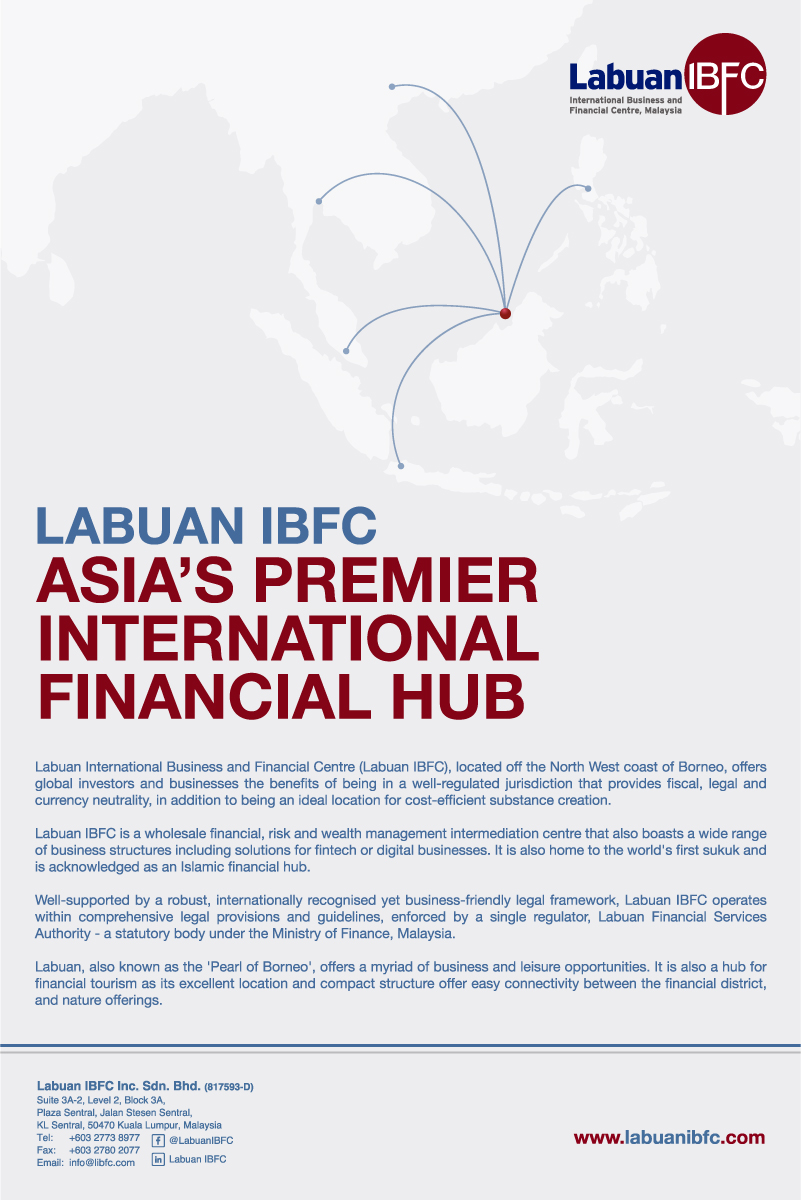Frances Jones explores how the functions of a captive can be used as tools for a company’s transition to net-zero
The transition to cleaner energy, or net-zero, is high on the agenda of the boards of most companies around the world.
Now, more than ever, they need to respond to market and environmental pressures to meet ESG commitments. This follows the World Meteorological Organisation’s confirmation that July 2023 was the hottest month ever recorded globally.
Against this backdrop of urgency, this writer asks what functions a captive has that can aid its parent company’s transition to net-zero.
John Yaple, senior vice president of captives at Hub International, says: “The captive can aid the parent in a number of ways, particularly by a formal financing mechanism for exposures that may not be easily transferable to the commercial market. Without sufficient loss and underwriting data it is unlikely the commercial market will be able to address the challenges of a net-zero energy transition.”
Niall Lucas, principal consultant at Aon, comments: “By utilising the captive, parent companies gain more control over their risk management strategies. Therefore, the parent can tailor its coverage specifically to address the unique risks associated with transitioning to renewable energy sources. This allows them to better protect their assets and investments while supporting its sustainable development goals (SDGs) and driving the parent to positive ESG outcomes.”
SDGs are the United Nations (UN’s) 17 interlinked objectives, including climate action and affordable and clean energy, designed to serve as a “shared blueprint for peace and prosperity for people and the planet, now and into the future.”
Depleting fossil fuel reserves and the rise of extreme weather events and temperatures have caused increased momentum from stakeholders. This has led many parent companies to consider net-zero as their ultimate or long-term goal.
“The captive’s primary role is to support the objectives of the parent company. Through this alignment, a captive may be better equipped to address new initiatives to meet the long-term goals [being net-zero] of the organisation,” Yaples notes.
An ESG and captive match
The “E” — the environmental element of ESG — can help measure the rate of a company’s transition to net-zero. Although, the “S” and “G” can also be interlinked as a measure of a company’s wider corporate social responsibility strategy.
Companies with a captive have higher than average ESG risk rating scores, according to insurance broker and risk advisor Marsh. The company affirmed the finding by analysing data from its ESG risk rating tool, launched in March 2022.
Finky (Qingcen) Yan, vice president at Marsh Captive Solutions, says: “A captive is ideally positioned to assist organisations in their ESG efforts. For the “E”, as insurers’ appetite to underwrite carbon intensive risks continues to wane, we [at Marsh] expect captives will address coverage gaps, exclusions, climate-related perils, third-party coverages and renewables.”
What makes ESG and captives such a successful match? Lucas explains: “A captive is well-suited to addressing ESG risks as it provides an avenue for parent companies to integrate sustainable practices into their risk management strategies.”
Lucas finds that clients’ captives are being positioned to coordinate ESG risk efforts for their parents, whereby captive meetings bring together key members of the parents.
Aon’s captive consulting process begins with aligning the ESG risk registers of the parent and captive, focusing on the parents ESG mission. Then the firm advises on potential initiatives, bearing in mind the UN SDGs alignment with the Principles of Sustainable Insurance (PSI).
Considering the role captives can play in an ESG strategy, Yaple writes: “ESG concerns have increased over the past few years in the US — many organisations are reviewing their internal position and objectives for the future.
“These objectives are creating unique risks that may not be addressed in their current risk management programmes. Captives have always been touted for their ability to not only provide coverage for unique risks, but also respond quickly. For example, a captive can achieve this through its ability to pre-fund for potential losses in a captive, as well as the ability to utilise captive surplus to help re-invest in the parent company’s ESG objectives.”
A question of accountability
However, during the discussion group ‘What is ESG for You and Your Captive?’ industry participants at the Vermont Captive Insurance Association’s annual conference expressed concerns regarding the shortfalls of ESG metrics.
Talk coordinator Andrew Baillie, programme director of global insurance at The AES Corporation, said: “As ESG covers such a broad range of issues, it is hard to know which framework to use. For captives, compare it to something like GAAP accounting standards, which are set, concise and widely-recognised.”
Reporting standards vary from country to country which can affect how environmentally friendly a country’s operations are in that area. This can make it harder to track companies’ environmental impact and subsequently hold them accountable.
Even, in some cases, a history of corporate non-action has led to a way of thinking about environmental policies as “what can we get away with?” as opposed to “how can we be proactive about this issue?” Baillie gave an example of a recent incident involving a Brazilian mining company’s run-off into a local village, only when the company “got caught” did ESG due diligence come into play.
Baillie used a football (soccer) analogy to articulate what a company’s approach to climate risk should look like. He said that “different outcomes could be: the team risk engineering to control losses, the bench could provide insurance to cover losses and the goalkeeper could action contingency planning.”
Furthermore, Baillie discussed the mass exodus of insurers from the UN’s Net-Zero Insurance Alliance which was “due to the lack of clear reporting metrics.” It’s becoming clear that there is a gap between the stakeholder requirement of companies to transition to net-zero and a clear reporting metric. How to quantify ESG risks also remains a problem for insurers.
A discussion group participant said that rating agencies, such as AM Best, are addressing this concern. Since 2021, AM Best has become a signatory to the UN’s Environment Programme’s Finance Initiative for PSI. It says “it incorporates ESG-specific factors into its ratings methodology to help identify risks and opportunities not captured by financial metrics.”
Although, how the ratings agency will do this remains unclear. Companies, including Marsh, have created their own ESG assessment tools using surveys, but who is holding company-developed assessment tools accountable?
Most environmental discussions around captives are centred around broad ESG frameworks. However, should the dialogue be streamlined to a wholly environmentally–focused discussion aimed at creating an insurance-specific standardised and comparable metric?
Green captives
A number of energy companies, including The AES Corporation, have a captive and use it to help meet their needs and their renewable energy goals.
Yan affirms: “Many companies, especially energy companies, are actively looking to invest in green energy projects. Captives can play a role in a company’s net-zero transition as the surplus built up in the captive can be used to fund green projects. Marsh has a number of clients that have done this.”
However, Baillie maintains that it’s important to consider the full lifecycle of a company’s renewable energy use. He advocates for a company to compromise; using a combination of renewable and non-renewable assets to combat the problems of renewable energy — a technology in its infancy, such as an intermittent supply from solar energy.
Lucas provides an example of: “a captive used by an energy company investing in renewable projects overseas. The captive helps mitigate environmental risks associated with these projects by providing coverage for potential pollution incidents or natural disasters that may impact local ecosystems or communities.
The captive is uniquely positioned to provide this coverage due to its customisable nature. It allows its parent to design policies according to its specific need, inclusive of covering emergency net-zero technologies.”
Entities exist for the primary purpose of generating profit, in some cases, the parent may have to forfeit profit in its short-term transition to net-zero. Increasing momentum, that is showing no signs of slowing, from a company’s stakeholders is catalysing companies’ transition to net-zero. Parent companies can leverage their captive to lead the charge.
Circular re-investment
Lucas closes his green captive example with: “This has been a part of captive-financing strategies for some time and has even developed to where the captive is used to write the transformation risks of third-party or “green” joint ventures. This allows the use of surplus captive funds to be used to support carbon offset measures.”
In 2021, Marsh-managed captives reported more than US$110 billion in surplus, according to a Marsh article entitled ‘How captives can help organisations with ESG’.
Parent companies can use this surplus capital to support green investments. In essence, the captives’ “higher-scoring” ESG programme generates extra income which can be re-invested into environmentally-friendly initiatives, creating a financial loop or ‘circle’.
Yaple gives an example of a parent using capital surplus held in the captive to “add solar panels” or “shift its investment portfolio to more friendly companies that align with the parent’s overall objectives.”
When considering whether companies are doing this, Baillie said: “it depends on the company’s culture.”
Drawing from this, a captive’s ability to aid is entirely dependent on the parent company’s mission and own level of engagement in environmental policies.





